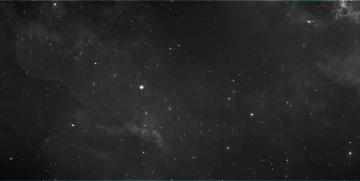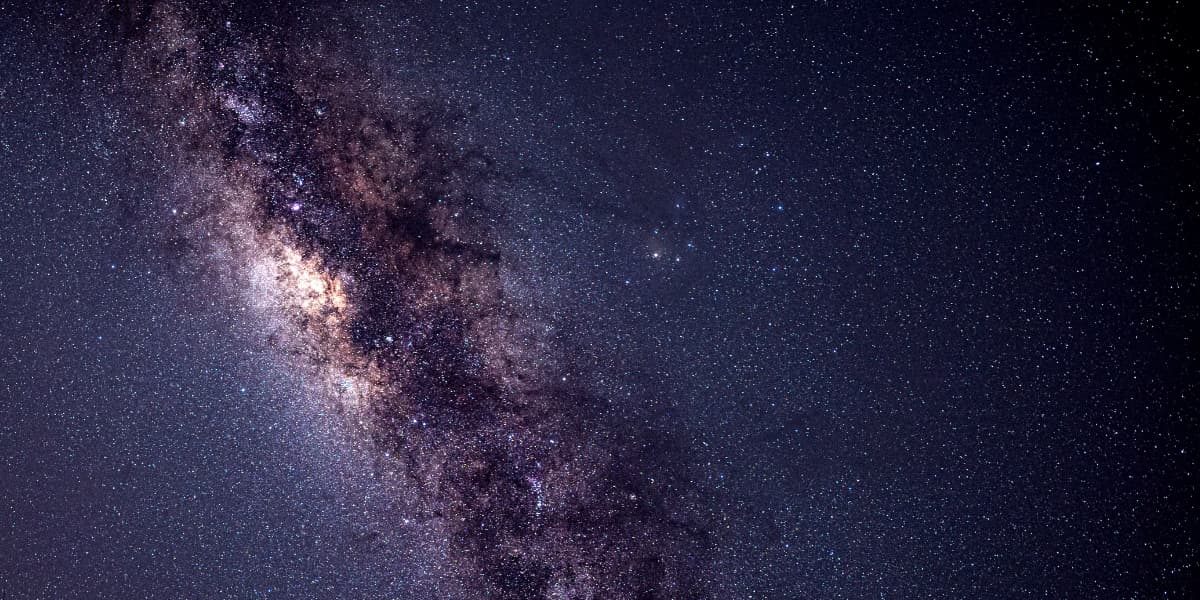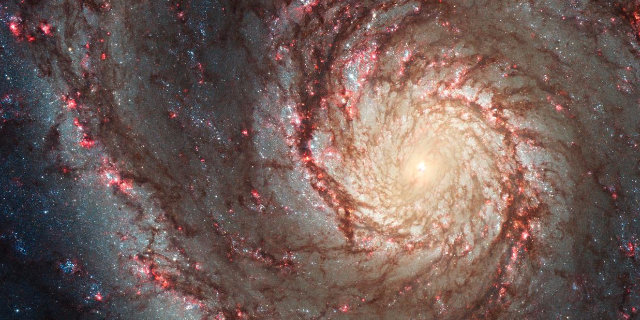Extragalactic Astronomy
The exploration of galaxies has presented a continual challenge, leading to the establishment of various methods over the years for investigating the formation and evolution of galaxies.
The main objectives are based on understanding galaxy formation within the framework of the cosmological model, studying the various internal components of galaxies (disk, bulge, halo), as well as their dependence on the environment: field, diffuse and compact groups, filaments, and galaxy clusters. The research lines are:
1. Study of minor galaxy systems through observational and synthetic data to contribute to the understanding of the formation and evolution of galaxies in extreme environments.
2. Understanding the processes that drive galaxy transformations based on the environment, with a particular focus on quenching star formation in galaxy systems.
3. Identification of galaxies and systems in densely populated fields of stars and with high interstellar extinction produced by the Milky Way.
4. Spectroscopic analysis of galaxy candidates, aiming to confirm the extragalactic nature of these sources and estimate their radial velocity.
5. Study of feeding mechanisms in active galaxy nuclei, their dynamics and physical properties.
Keys: Galaxy: formation – Galaxies: evolution – systems of galaxies – numerical simulation – Milky Way – Active galactic nuclei.
Highlight
This area was initially developed by Dr. Sérsic, who was one of the most important pioneers and referents of extragalactic astronomy in the Southern Hemisfere. At the present time, Mario Abadi, Hernán Muriel, Damián Mast, among others, are the leaders in the field.
Main strengths of the group:
- Numerical Simulations: Supercomputers are employed to recreate the physical processes governing the evolutionary trajectories of individual or multiple galaxies.
- Statistical Studies: Inferences and analyses regarding the properties of galaxies are drawn from extensive data surveys.
- Astronomical Observations: Traditional observations are combined with cutting- edge techniques (integral field units, infrared, radio), utilizing telescope facilities worldwide to enhance our understanding of galaxies.
Development and optimization of algorithms for identifying systems. Construction of observational catalogs. Software:
- ROGER: The code retrieves the probability for each galaxy to belong to an orbital t class using only its position on the projected phase-space.
- MeSSI: a machine learning method for merging systems identification.
- GalaxyChop: Python code for dynamic decomposition problems. It uses clustering techniques in a parameter space that’s all about dynamic quantities.
Networks: University of Durham, UK. University of Victoria, Canada. Leibniz- Institut für Astrophysik Potsdam (AIP). University of Riverdale, USA. National Institute of Astrophysics (INAF), Astronomical Observatory of Trieste, Italy, Universidad Autónoma de México.


